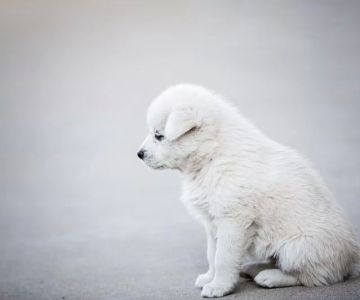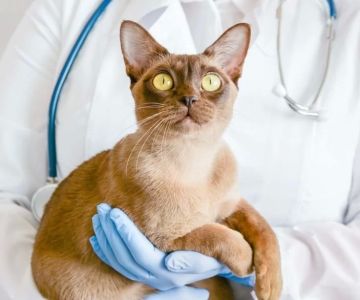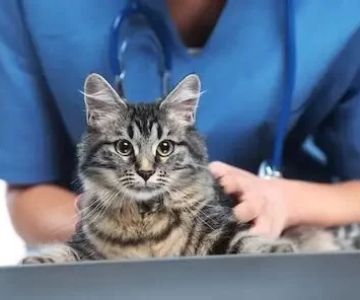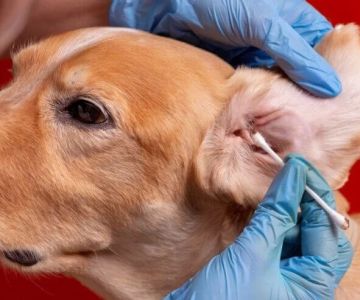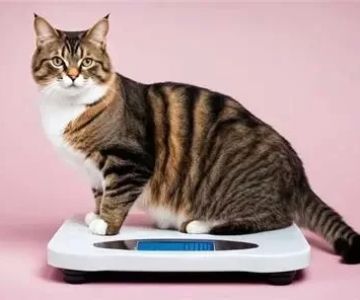Why Does My Cat Groom Excessively? Understanding the Causes and Solutions
- Understanding Excessive Grooming in Cats
- Common Causes of Excessive Grooming
- Behavioral Reasons for Over-Grooming
- Medical Reasons Behind Excessive Grooming
- How to Help Your Cat Stop Excessive Grooming
- When to See a Vet for Excessive Grooming
Understanding Excessive Grooming in Cats
Excessive grooming in cats can be perplexing for pet owners. While cats do groom themselves as part of their daily routine, when they start grooming more frequently or obsessively, it can indicate an underlying issue. Understanding why your cat might be grooming excessively is essential to addressing the issue effectively.
Cats are generally clean animals, and grooming is a natural part of their behavior. However, if you notice your cat is grooming excessively, especially in specific areas like their paws, belly, or tail, it could be a sign of stress, discomfort, or a medical condition. In this article, we’ll explore the various reasons why your cat might be engaging in excessive grooming and provide solutions to help you manage the behavior.
Common Causes of Excessive Grooming
Excessive grooming can be caused by a variety of factors, both physical and behavioral. Some of the most common causes include:
- Stress and Anxiety: Just like humans, cats can become stressed or anxious, leading them to groom as a coping mechanism.
- Fleas or Parasites: Fleas, ticks, and other external parasites can cause itching and discomfort, prompting your cat to groom excessively.
- Allergies: Cats can have allergic reactions to food, environmental factors, or grooming products, leading to excessive grooming.
- Skin Conditions: Dermatitis, fungal infections, or dry skin can lead to itching and discomfort, causing your cat to groom more than usual.
- Pain or Injury: Cats may groom excessively in response to pain, especially if they are trying to comfort or soothe an injured area of their body.
Behavioral Reasons for Over-Grooming
Behavioral issues can also contribute to excessive grooming in cats. Some cats develop obsessive grooming behaviors due to boredom, lack of stimulation, or changes in their environment. Cats are creatures of habit and thrive in stable, predictable surroundings. If there’s a sudden change in their routine, such as a move to a new home or the addition of another pet, they may turn to grooming to cope with the change.
Additionally, cats that are left alone for long periods may develop compulsive behaviors like over-grooming due to loneliness or boredom. It's essential to consider your cat's mental and emotional well-being when addressing excessive grooming.
Medical Reasons Behind Excessive Grooming
While behavioral causes are common, medical conditions should always be ruled out. Some serious conditions can cause your cat to groom excessively, including:
- Feline Hyperthyroidism: This condition causes an overproduction of thyroid hormones, leading to increased metabolism and excessive grooming.
- Arthritis: Cats with arthritis may groom excessively in an attempt to soothe pain in specific areas of their body.
- Dermatological Conditions: Conditions like eczema, ringworm, or hot spots can cause itching, prompting your cat to groom constantly.
- Urinary Tract Infections: UTIs can cause discomfort and lead your cat to groom excessively, particularly around the genital area.
If you suspect your cat’s excessive grooming is due to a medical issue, it’s crucial to consult with a veterinarian to determine the root cause and receive appropriate treatment.
How to Help Your Cat Stop Excessive Grooming
Once you’ve identified the cause of your cat’s excessive grooming, there are several steps you can take to help them stop:
- Provide a Calm Environment: Ensure that your cat’s environment is stress-free and predictable. Try using calming pheromone diffusers or sprays to help your cat feel more relaxed.
- Regular Grooming: Brush your cat regularly to help reduce the need for excessive grooming. This will also allow you to check for parasites or skin conditions.
- Improve Mental Stimulation: Provide your cat with toys, puzzles, and other forms of entertainment to prevent boredom.
- Veterinary Care: If the excessive grooming is due to a medical condition, following your vet’s advice and providing necessary treatments will be essential.
When to See a Vet for Excessive Grooming
If your cat’s grooming seems excessive or is accompanied by other symptoms like hair loss, skin sores, or behavioral changes, it’s time to visit the vet. A professional diagnosis is crucial to ensure your cat receives the right treatment, whether it’s a change in diet, medication, or behavioral therapy.
At Hidden Brook Veterinary, we specialize in diagnosing and treating a wide range of conditions that could cause excessive grooming. If you’re concerned about your cat’s behavior, contact us today for a consultation: Hidden Brook Veterinary.

